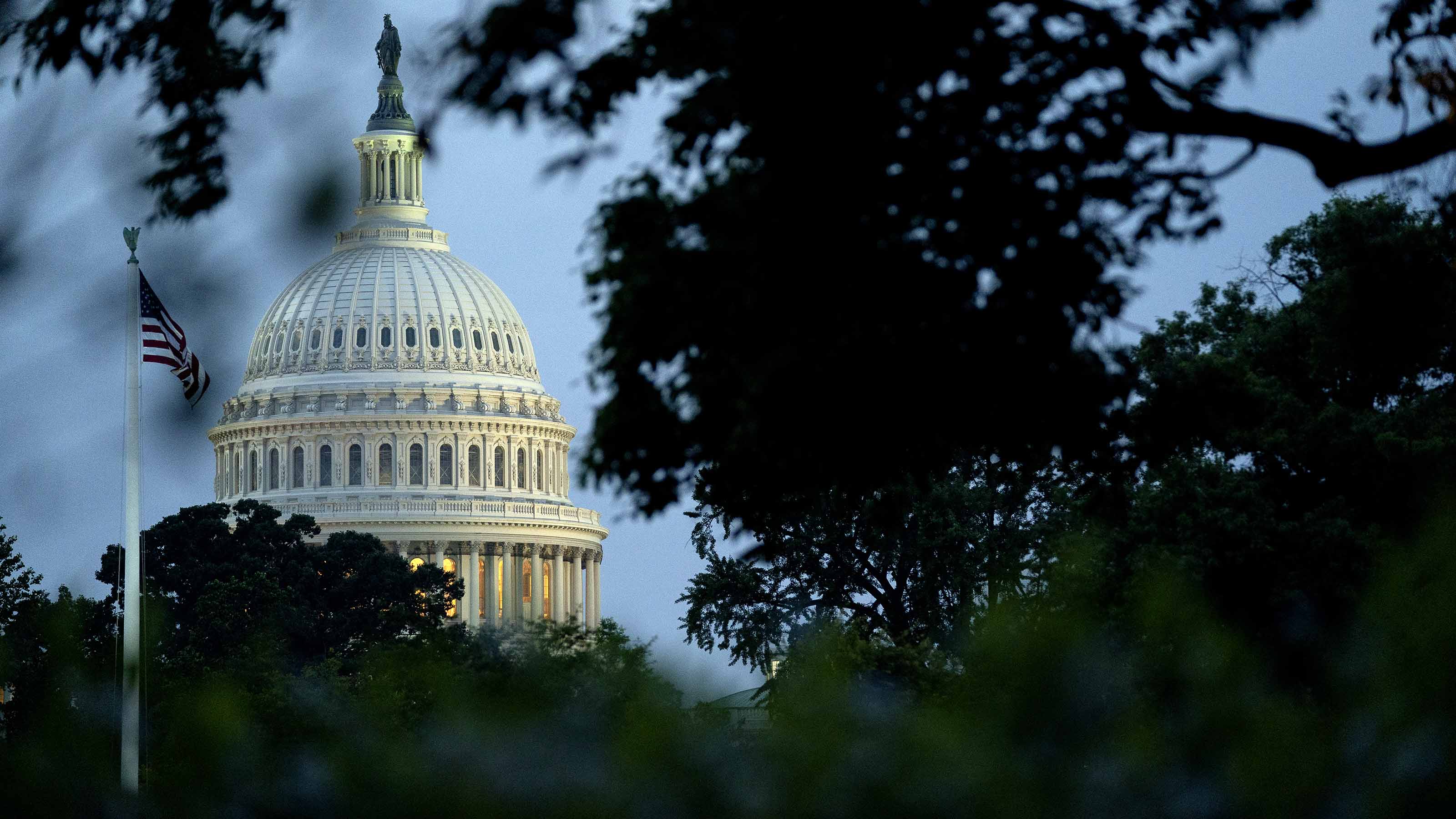For Rent, Cheap: Federal Office Space
Looking to raise revenue, federal building managers are reaching out to business tenants.

There’s a new player stepping into the already depressed commercial real estate market -- Uncle Sam.
Ordered by the Obama administration to find revenue to help cut the deficit, dozens of federal agencies are looking to be landlords and will start leasing space in unused parts of federal buildings across the country.
Federal building leasing has been going on for a long time, but not on this scale. Nearly 400 federal buildings already rent space to private businesses, including restaurants, banks, hair salons, newsstands, even local movie theaters and farmers’ markets. The White House’s goal is to have space available to lease to businesses in 1,000 federal buildings by 2013.
From just $107.88 $24.99 for Kiplinger Personal Finance
Become a smarter, better informed investor. Subscribe from just $107.88 $24.99, plus get up to 4 Special Issues

Sign up for Kiplinger’s Free Newsletters
Profit and prosper with the best of expert advice on investing, taxes, retirement, personal finance and more - straight to your e-mail.
Profit and prosper with the best of expert advice - straight to your e-mail.
The General Services Administration, which manages more than 4,300 federal buildings, is poring over its real estate portfolio for leasing opportunities in federally run office parks, depots, storage warehouses and lab facilities, among others.
The military, too, is reviewing 370 buildings and storage places for potential private leasing deals, including at military facilities in Los Angeles, San Diego, Newport News, Va., St. Louis, Groton, Conn., and Philadelphia.
Federal leases are often bargains for renters, with the government more eager to find tenants for empty space than to get top dollar. Federally owned office space in Louisville, Ky., for instance, was rented last year for half of what was being charged tenants in nearby privately operated office buildings.
Pending deals. A Department of Housing and Urban Development annex in Worcester, Mass., will soon be up for rent after 90 employees are relocated to Boston. A four-story Bureau of Land Management complex in Sioux Falls, S.D., that can house 200 employees also will soon be on the block.
More than 400,000 square feet of NASA office space is expected to be rented to business developers in Cape Canaveral, Fla., later this year. And 300,000 square feet of NASA office space in Houston will be designated for lease. Unused office space operated by the U.S. Mint in Denver and San Francisco is likely to be turned into rental properties, too.
The commercial real estate lobby is up in arms about added competition from the federal government, but there is little it can do. Though the government is renting, it’s not everywhere. Federal office renting will likely occur with little public notice, and Congress isn’t going to pick a fight with the administration over renting vacant office space. Actually, it’s more likely that lawmakers will aim to increase federal building space available for rent beyond the 1,000 buildings to 1,500 or so in the next decade. Congressional hearings on federal building leasing deals are planned this summer.
Profit and prosper with the best of Kiplinger's advice on investing, taxes, retirement, personal finance and much more. Delivered daily. Enter your email in the box and click Sign Me Up.

-
 Nasdaq Leads as Tech Stages Late-Week Comeback: Stock Market Today
Nasdaq Leads as Tech Stages Late-Week Comeback: Stock Market TodayOracle stock boosted the tech sector on Friday after the company became co-owner of TikTok's U.S. operations.
-
 Disney’s Risky Acceptance of AI Videos
Disney’s Risky Acceptance of AI VideosThe Kiplinger Letter Disney will let fans run wild with AI-generated videos of its top characters. The move highlights the uneasy partnership between AI companies and Hollywood.
-
 Ask the Editor: Itemized Deductions
Ask the Editor: Itemized DeductionsAsk the Editor In this week's Ask the Editor Q&A, Joy Taylor answers questions on itemized deductions claimed on Schedule A of Form 1040
-
 Disney’s Risky Acceptance of AI Videos
Disney’s Risky Acceptance of AI VideosThe Kiplinger Letter Disney will let fans run wild with AI-generated videos of its top characters. The move highlights the uneasy partnership between AI companies and Hollywood.
-
 AI Appliances Aren’t Exciting Buyers…Yet
AI Appliances Aren’t Exciting Buyers…YetThe Kiplinger Letter Artificial intelligence is being embedded into all sorts of appliances. Now sellers need to get customers to care about AI-powered laundry.
-
 What to Expect from the Global Economy in 2026
What to Expect from the Global Economy in 2026The Kiplinger Letter Economic growth across the globe will be highly uneven, with some major economies accelerating while others hit the brakes.
-
 The AI Boom Will Lift IT Spending Next Year
The AI Boom Will Lift IT Spending Next YearThe Kiplinger Letter 2026 will be one of strongest years for the IT industry since the PC boom and early days of the Web in the mid-1990s.
-
 Amid Mounting Uncertainty: Five Forecasts About AI
Amid Mounting Uncertainty: Five Forecasts About AIThe Kiplinger Letter With the risk of overspending on AI data centers hotly debated, here are some forecasts about AI that we can make with some confidence.
-
 Worried About an AI Bubble? Here’s What You Need to Know
Worried About an AI Bubble? Here’s What You Need to KnowThe Kiplinger Letter Though AI is a transformative technology, it’s worth paying attention to the rising economic and financial risks. Here’s some guidance to navigate AI’s future.
-
 Will AI Videos Disrupt Social Media?
Will AI Videos Disrupt Social Media?The Kiplinger Letter With the introduction of OpenAI’s new AI social media app, Sora, the internet is about to be flooded with startling AI-generated videos.
-
 What Services Are Open During the Government Shutdown?
What Services Are Open During the Government Shutdown?The Kiplinger Letter As the shutdown drags on, many basic federal services will increasingly be affected.